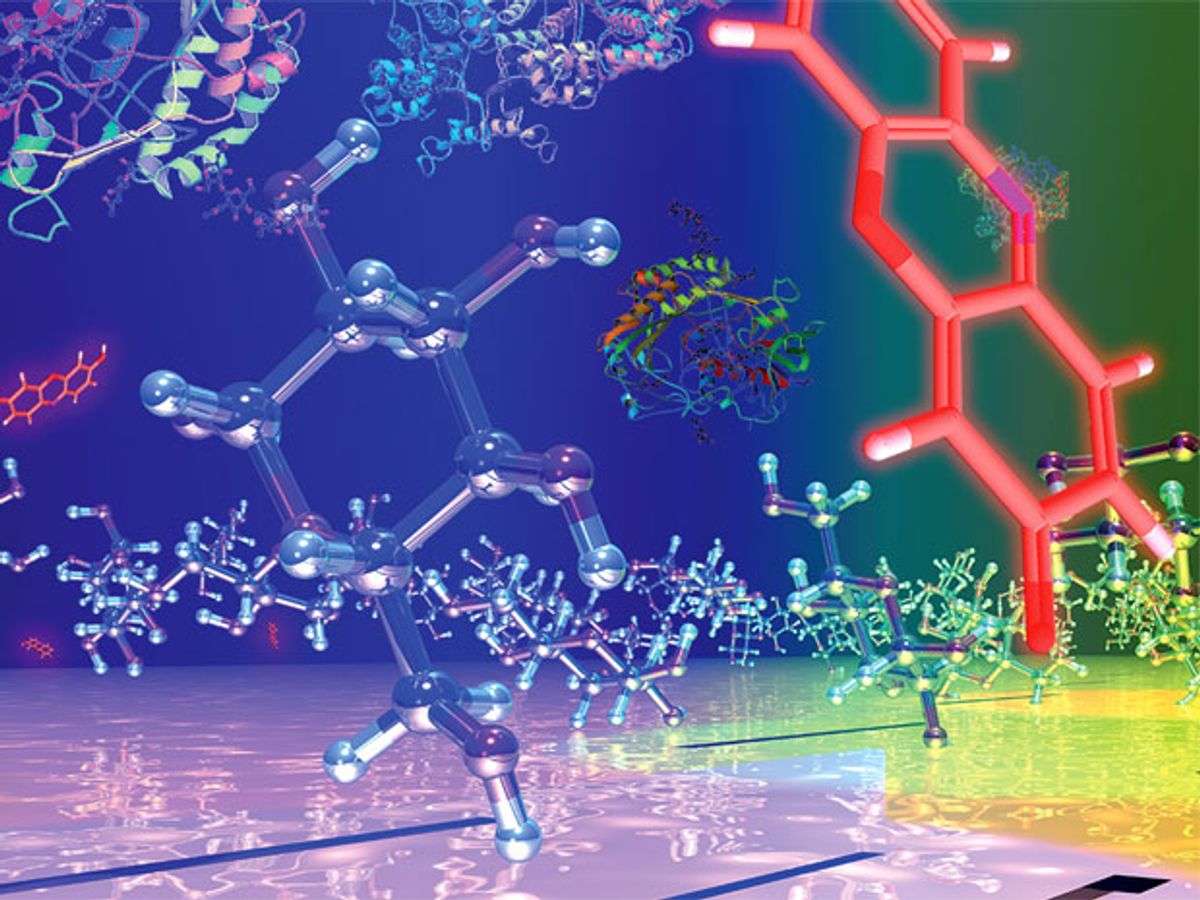Researchers have developed a new biochip sensor that could enable diabetic patients to monitor their blood sugar levels without drawing any blood. The findings are based on a two-step process, the first part of which Spectrum blogged about in 2012.
The basic idea is to use the hypersensitive technique of interferometry to tease out and then quantify the presence of glucose molecules in a person’s saliva.
The interferometer in this case is a small quartz chip, about the size of a postage stamp, and it’s coated with silver. Etched in the silver coating is a series of tiny slits surrounded by equally tiny grooves in the silver. Shine light on the chip, and the light excites waves of electrons (called surface plasmon polaritons) that travel in tandem with the photons along the surface of the metal. The light (aka the polariton) that bodysurfs along the metal’s surface to reach the slit then combines with photons coming directly from the original light source to pass through the slit and constructively or destructively interfere with each other.
A dollop of water on the chip will change those polaritons’ spectra of wavelengths and thus the interference pattern on the other side of the slit. And glucose mixed into a water drop on the chip alters the interference patterns further still, making the chip potentially sensitive to what diabetics need to know: Their glucose level.
The biggest shortfall in the group’s 2012 discovery was that one percent of human saliva is salts, enzymes and many other biomolecules that muck up the biochip’s clever detection method.
So in their latest finding, the researchers led by Domenico Pacifici, professor of engineering at Brown University, added an extra step that tags glucose molecules in saliva with a sequence of two marker molecules. The first is an enzyme that kicks off a hydrogen peroxide molecule, which in turn reacts with the second enzyme in the sequence, one found in the roots of horseradish plants. The horseradish peroxidase reaction’s byproduct then turns the solution red. And so even with all the other biomolecules floating around in a drop of saliva, the new process enables the original biochip to be developed for a non-invasive blood sugar test for diabetics that involves no needles and no blood samples. Just a little bit of spit is all.
Further research will involve, as Spectrum noted in 2012, discovering how glucose levels in saliva mirror glucose levels in the blood—and whether any substantial time lags between the two could hinder this technology. (After all, sugar levels in the blood, not the saliva, are what diabetics need to know. And sometimes a matter of just a few minutes can be very important. So it remains to be seen whether the biochip technology can get over any lag times between blood and saliva glucose levels—and ultimately become the non-invasive monitoring breakthrough diabetics have been waiting for.)
In the meantime, the researchers say their “plasmonic cuvette” can also be repurposed for sensitive detection in the air and water of toxins or other low-dose molecules that, like glucose, can for some people pack an oversized punch.
Margo Anderson is the news manager at IEEE Spectrum. She has a bachelor’s degree in physics and a master’s degree in astrophysics.



